The original text of the infamous Nuremberg Laws encoding Hitler’s fanatical anti-Semitism was turned over Wednesday, Aug. 25, to the U.S. government by the Huntington Library, Art Collections and Botanical Gardens in San Marino.
The presentation was made during a news conference, marking the apparent resolution of a strange 65-year journey to find a permanent home for the historic document whose directives found their ultimate expression in the gas chambers of Auschwitz. The outcome was met with regret at Los Angeles’ Skirball Cultural Center, which had exhibited the document for the past 10 years.
A public display of the four-page, typewritten document is planned in Washington at the National Archives, to open on Sept.15 of this year. The date marks the 75th anniversary of the signing of the laws by Hitler and three top Nazi officials, which coincided with a massive Nuremberg “Party Rally of Freedom.”
The laws are divided into three parts; they stripped German Jews of their citizenship rights, forbade marriage and sex between citizens of “German blood” and Jews, and established the swastika as the official German flag, which Jews were not allowed to display.
The emotional, historic and political impact of the Nuremberg Laws have been described by two UCLA historians.
Prof. Saul Friedlander, a leading expert on the Third Reich, said that seeing an original copy of the Nuremberg Laws “is like finding an original copy of the U.S. Constitution – but, unfortunately, a very evil one, signed by the man who instigated it. There is a strange emotional power that comes with the original – some of the terror and horror is attached.”
Prof. Peter Loewenberg noted the long-range consequences of the 1935 edicts.
“The Nuremberg Laws represent a major step in the increasing marginalization of Jews from German life,” he said. “In order to carry out the program of the Final Solution, the target group first has to be marginalized, dehumanized, and removed from the code of citizenship. This is a critical moment. This legally excludes them. The next step is humiliation – Kristallnacht, 1938 – then the wearing of the yellow star, then deportation, and finally the death camps.”
The post-Nazi history and journey of the text of the Nuremberg Laws started in the waning days of World War II, when three American soldiers of a counter-intelligence unit opened a cellar vault in a home near Nuremberg. Inside was a sealed envelope containing two sets of the original document.
The intelligence unit was attached to a division under the command of Gen. George S. Patton, Jr. Although Patton’s boss, Gen. Dwight Eisenhower, had given orders that all German government documents be sent to his headquarters in preparation for the upcoming war crime trial, Patton had other plans.
He had grown up in San Marino, Calif., where his father’s home adjoined the Huntington estate, and in June 1945, Patton presented the documents to the neighboring institution.
Earlier, the general had similarly presented a deluxe, ceremonial copy of Hitler’s book, “Mein Kampf,” weighing 35 pounds, to the Huntington.
Since the Huntington complex, consisting of the library, art collection and botanical garden, is primarily devoted to British and American history and art, its officials felt that the Patton presents were not suitable for display and they disappeared into the library’s vaults for more than 50 years.
Then, in 1999, the documents were freed from their long isolation through the friendship of two men of quite different backgrounds. They were Robert Skotheim, the Huntington’s president and old-line American of Norwegian descent, who knew little about Jews and the Holocaust.
The other was Uri Herscher, born in Palestine as the son of Jewish refugees from Germany, who had lost 18 family members in the Nazi death camps. He had never visited San Marino, an old-money Protestant community and home of the Huntington.
Herscher had founded the Skirball Cultural Center in 1996 to interpret the Jewish and immigrant experience in America. He had invited Skotheim for the center dedication, and later to a family Seder. In 1999, the friendship led to the transfer of the Nuremberg Laws and Hitler’s book to the Skirball on an “indefinite loan.”
Story continues after the break.
To Herscher, displaying the two artifacts in a Jewish institution held profound personal and symbolic significance.
On receiving the document, Herscher said in an interview, “We have a small Holocaust exhibit at the Skirball, but it shows only the results of what happened there. Here I hold one of the copies of the tragedy, a missing link.







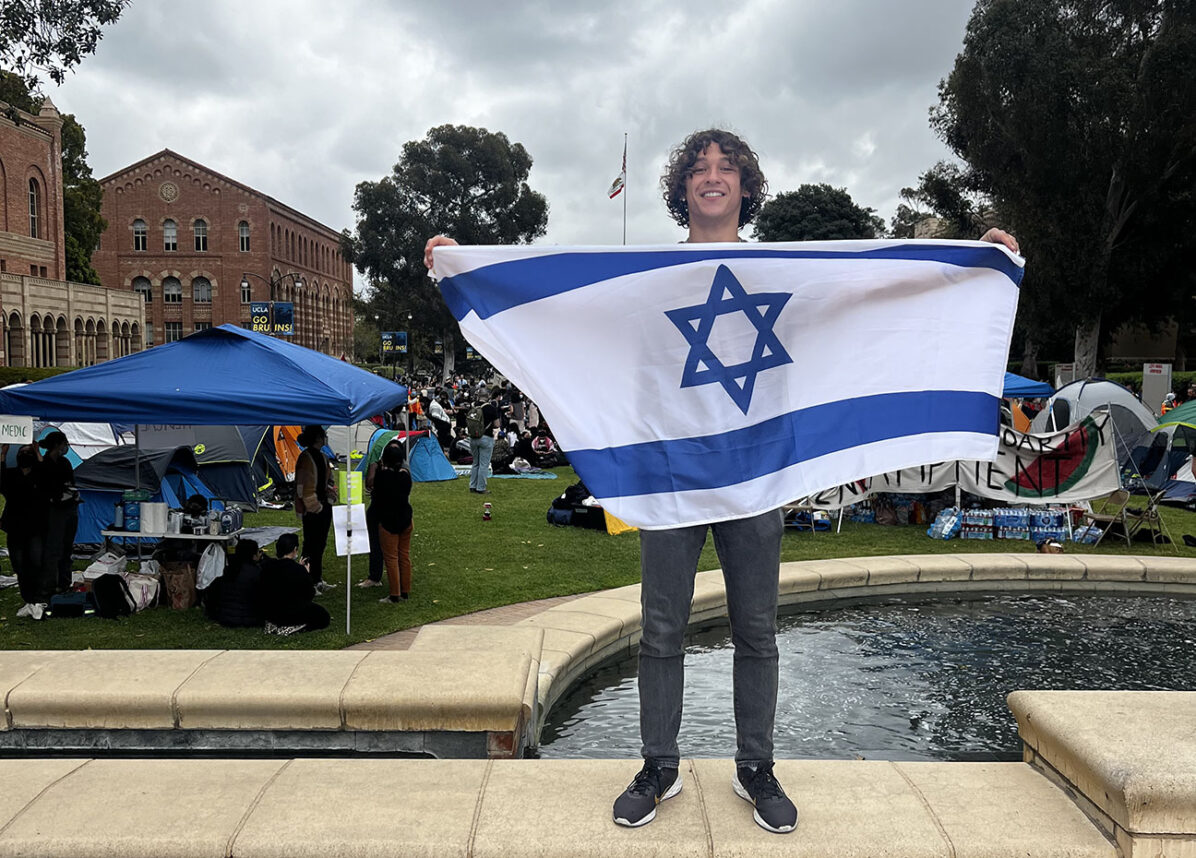
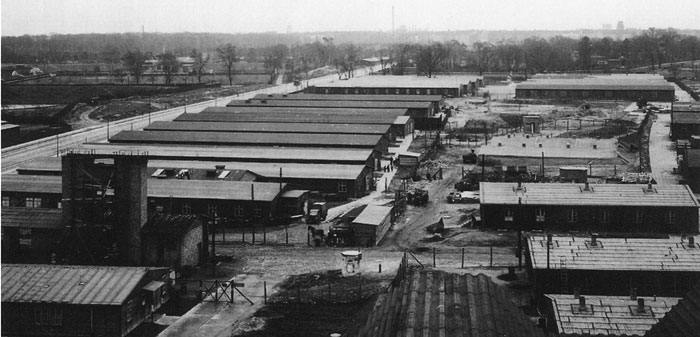
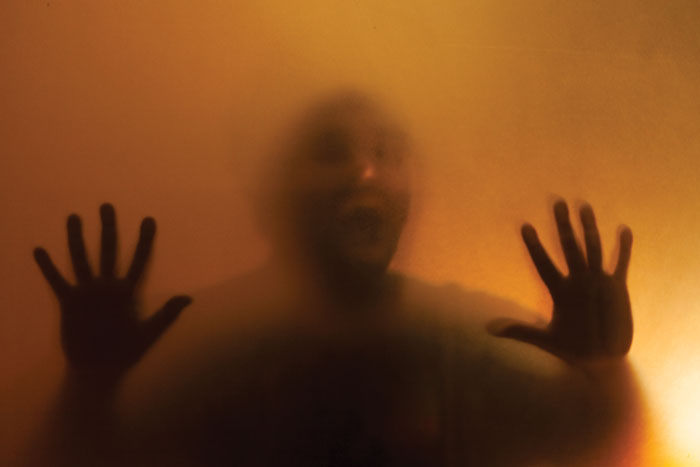
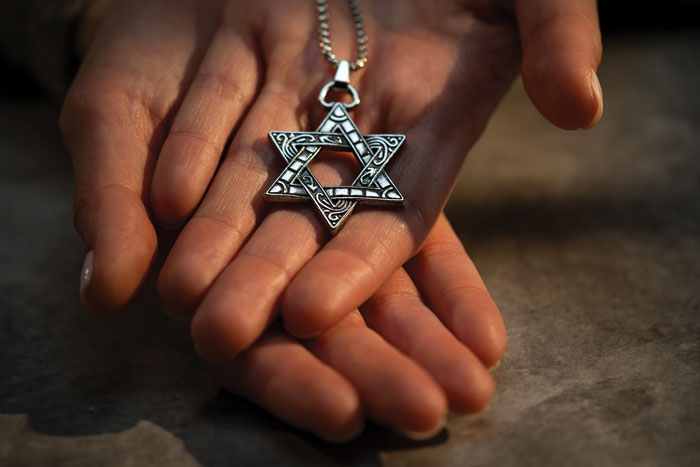

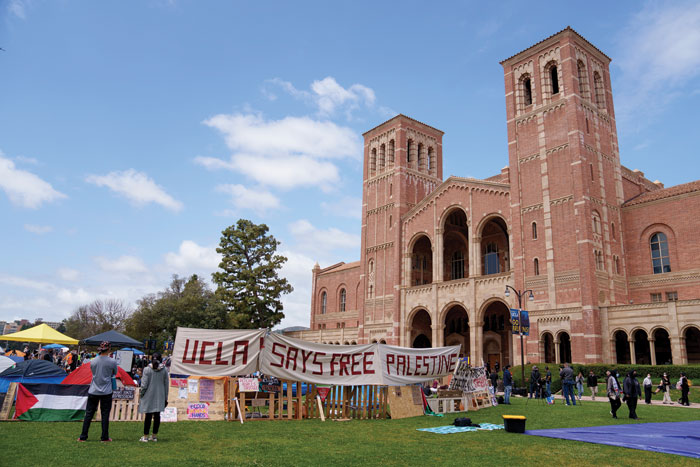


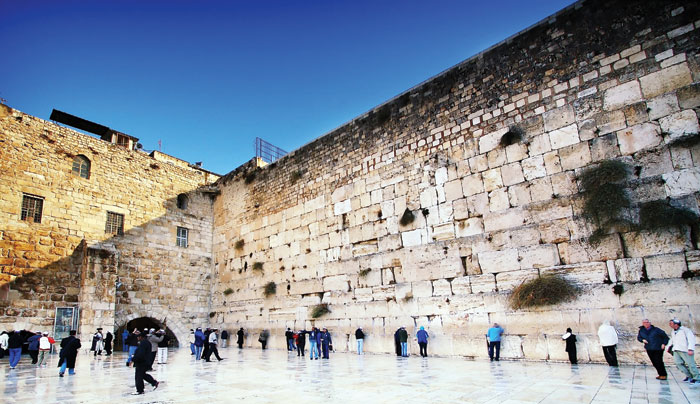

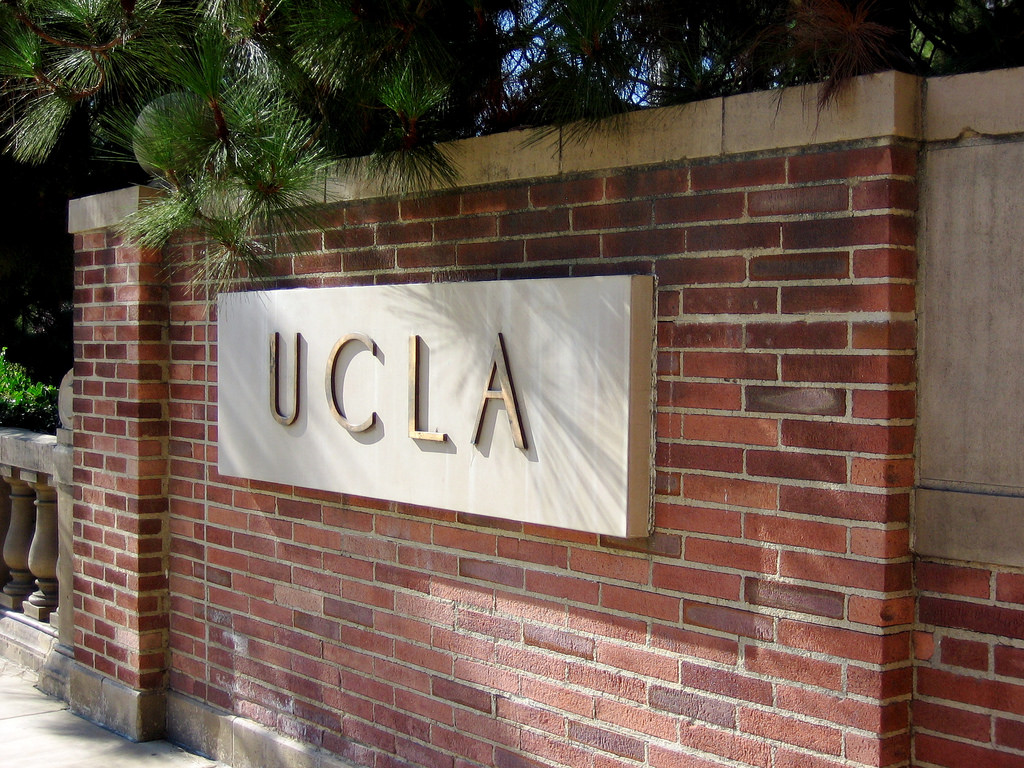





 More news and opinions than at a Shabbat dinner, right in your inbox.
More news and opinions than at a Shabbat dinner, right in your inbox.